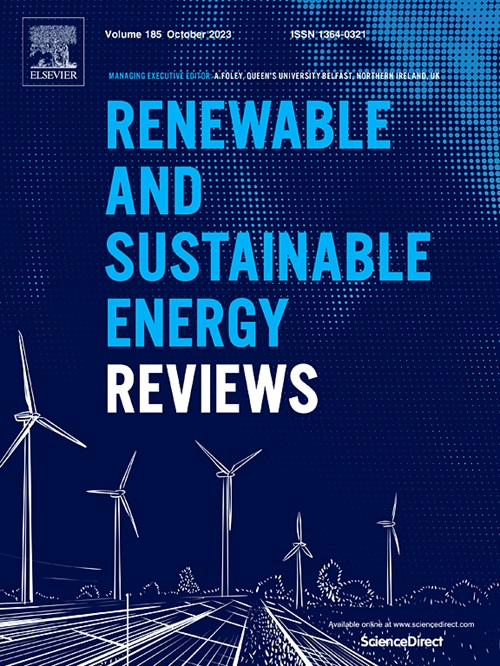Industrial hemp in Nepal: Production and valorization perspectives
IF 16.3
1区 工程技术
Q1 ENERGY & FUELS
引用次数: 0
Abstract
Despite the numerous benefits of hemp, it remains prohibited in Nepal, and no prior studies have explored its potential for cultivation, production, and valorization. Considering various land, soil, and climatic parameters, 1.8 million hectares (ha) of suitable land have been identified for hemp production. Taking 10 %, 20 %, and 5 % of the feasible areas from the Terai, Hill, and Mountain regions, respectively, it is estimated that about 3.1–4.6 million tonnes (Mt) of solid fuel, 0.5–0.9 Mt of fiber, and 126–174 million liters of biodiesel can be produced in Nepal. The estimated solid fuel can account for 8.6–12.3 % of the country's total energy demand, while biodiesel can meet 7.3–10.1 % of the diesel consumption. The estimated production cost is USD 3,177/ha, with a cost-benefit ratio of 2.46–4.08, making hemp a profitable alternative crop. Utilizing hemp products could significantly contribute to Nepal's sustainable development goals, particularly goals 1, 7, 8, 9, 12, 13, and 15. These novel findings could play a crucial role in advocating for the legalization of hemp cultivation and industrialization in Nepal.
求助全文
约1分钟内获得全文
求助全文
来源期刊

Renewable and Sustainable Energy Reviews
工程技术-能源与燃料
CiteScore
31.20
自引率
5.70%
发文量
1055
审稿时长
62 days
期刊介绍:
The mission of Renewable and Sustainable Energy Reviews is to disseminate the most compelling and pertinent critical insights in renewable and sustainable energy, fostering collaboration among the research community, private sector, and policy and decision makers. The journal aims to exchange challenges, solutions, innovative concepts, and technologies, contributing to sustainable development, the transition to a low-carbon future, and the attainment of emissions targets outlined by the United Nations Framework Convention on Climate Change.
Renewable and Sustainable Energy Reviews publishes a diverse range of content, including review papers, original research, case studies, and analyses of new technologies, all featuring a substantial review component such as critique, comparison, or analysis. Introducing a distinctive paper type, Expert Insights, the journal presents commissioned mini-reviews authored by field leaders, addressing topics of significant interest. Case studies undergo consideration only if they showcase the work's applicability to other regions or contribute valuable insights to the broader field of renewable and sustainable energy. Notably, a bibliographic or literature review lacking critical analysis is deemed unsuitable for publication.
 求助内容:
求助内容: 应助结果提醒方式:
应助结果提醒方式:


